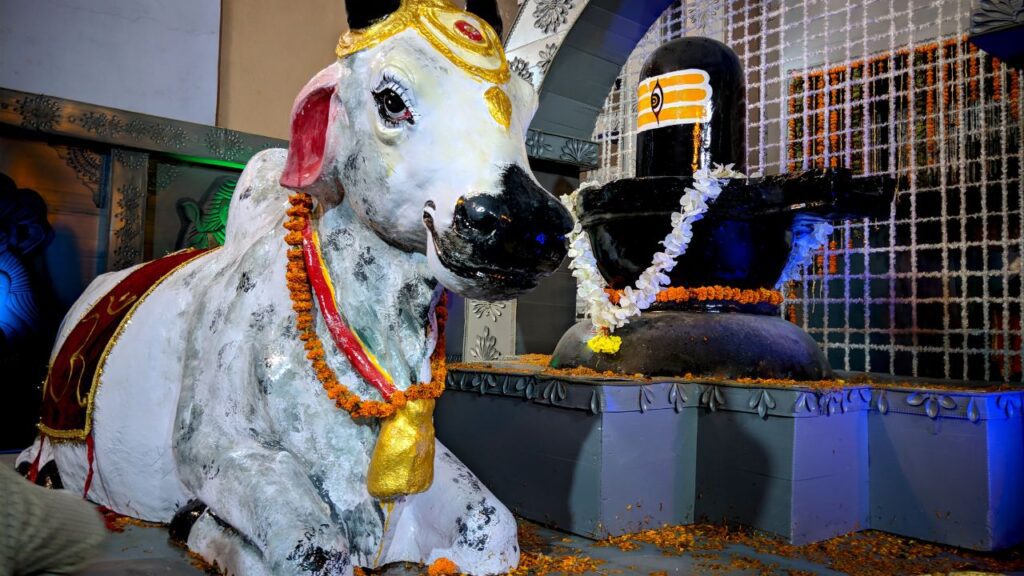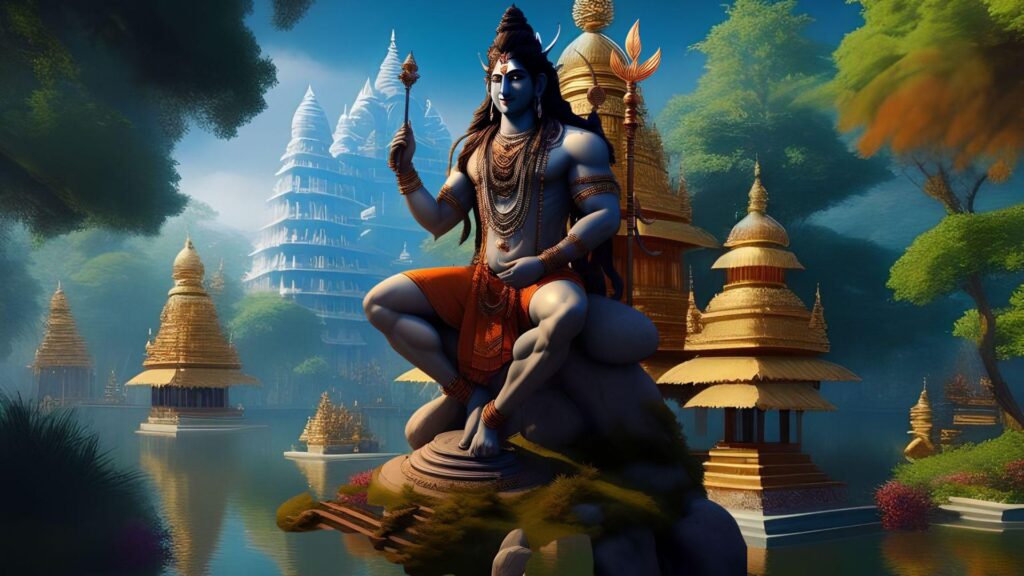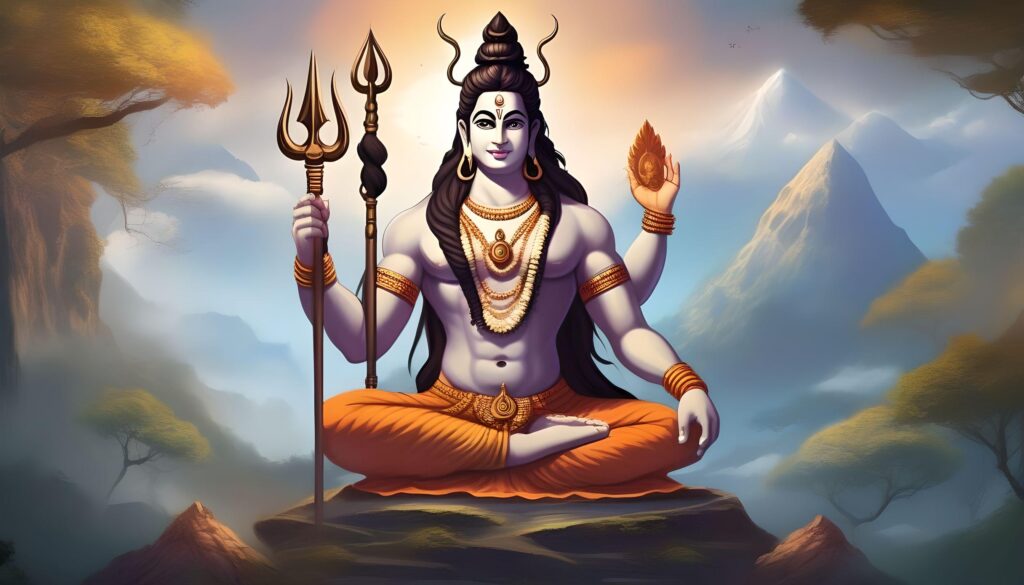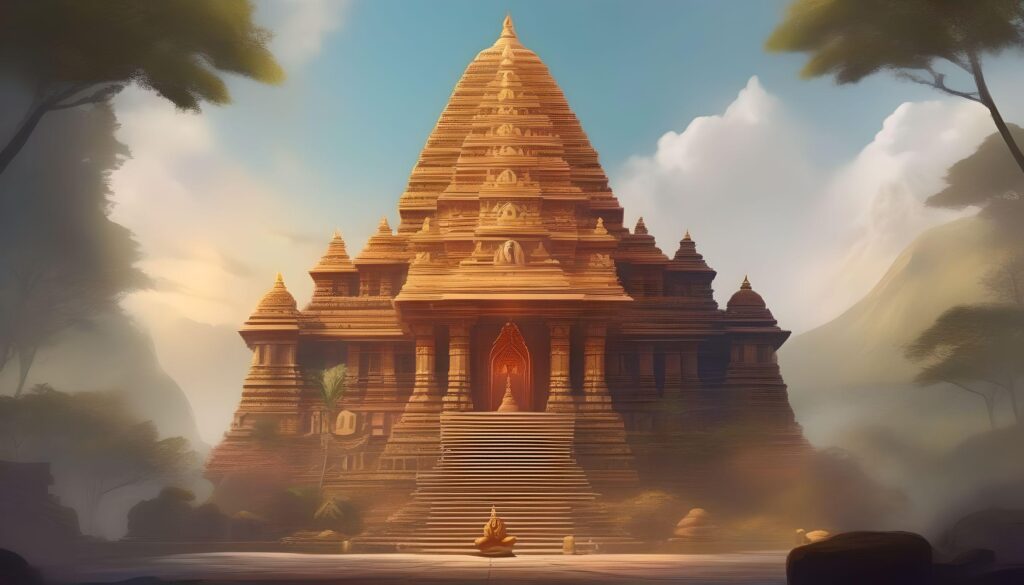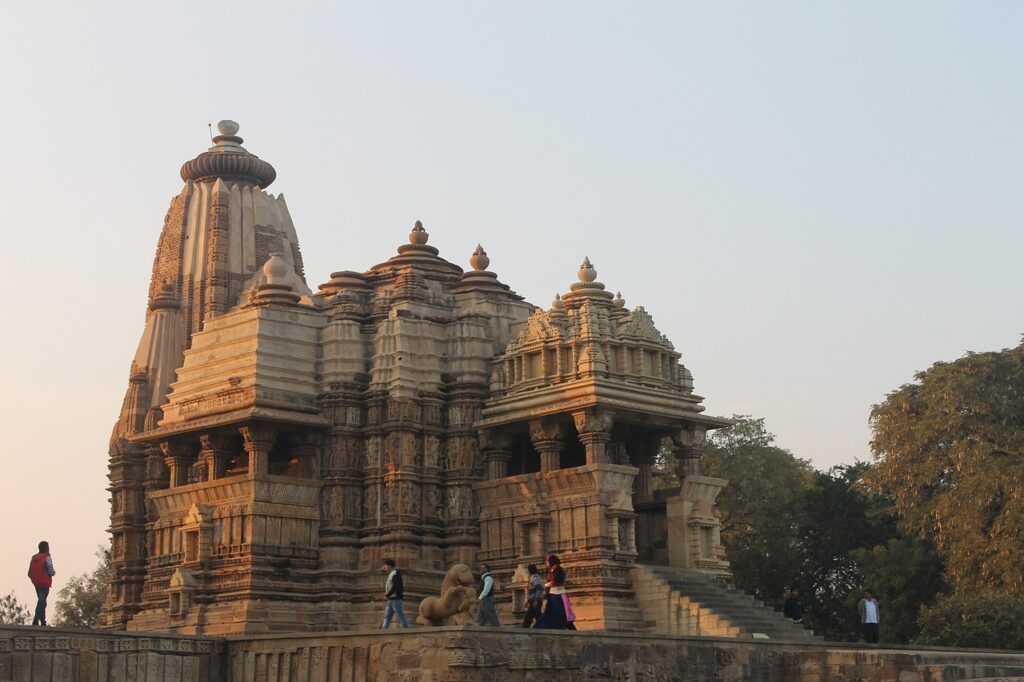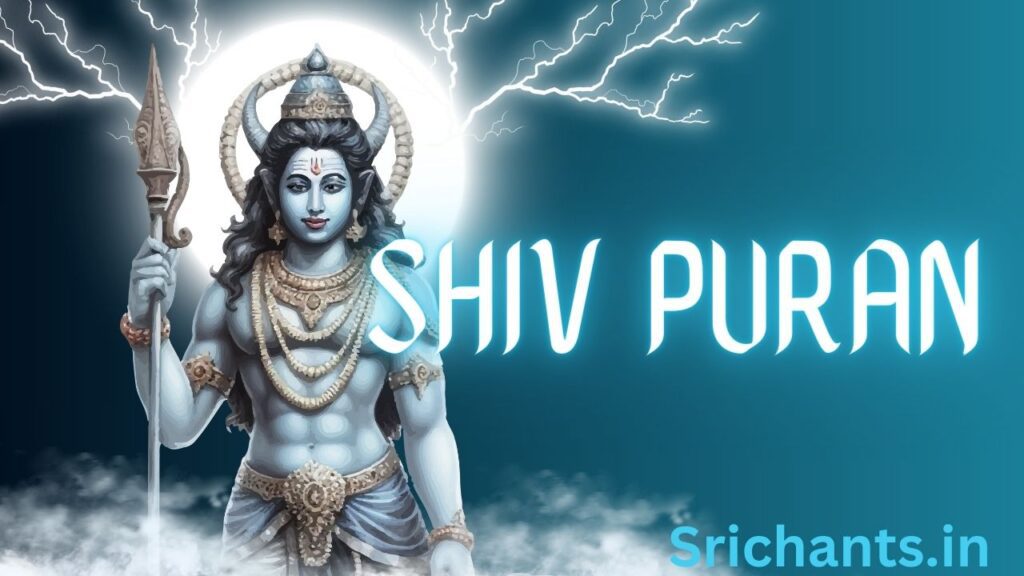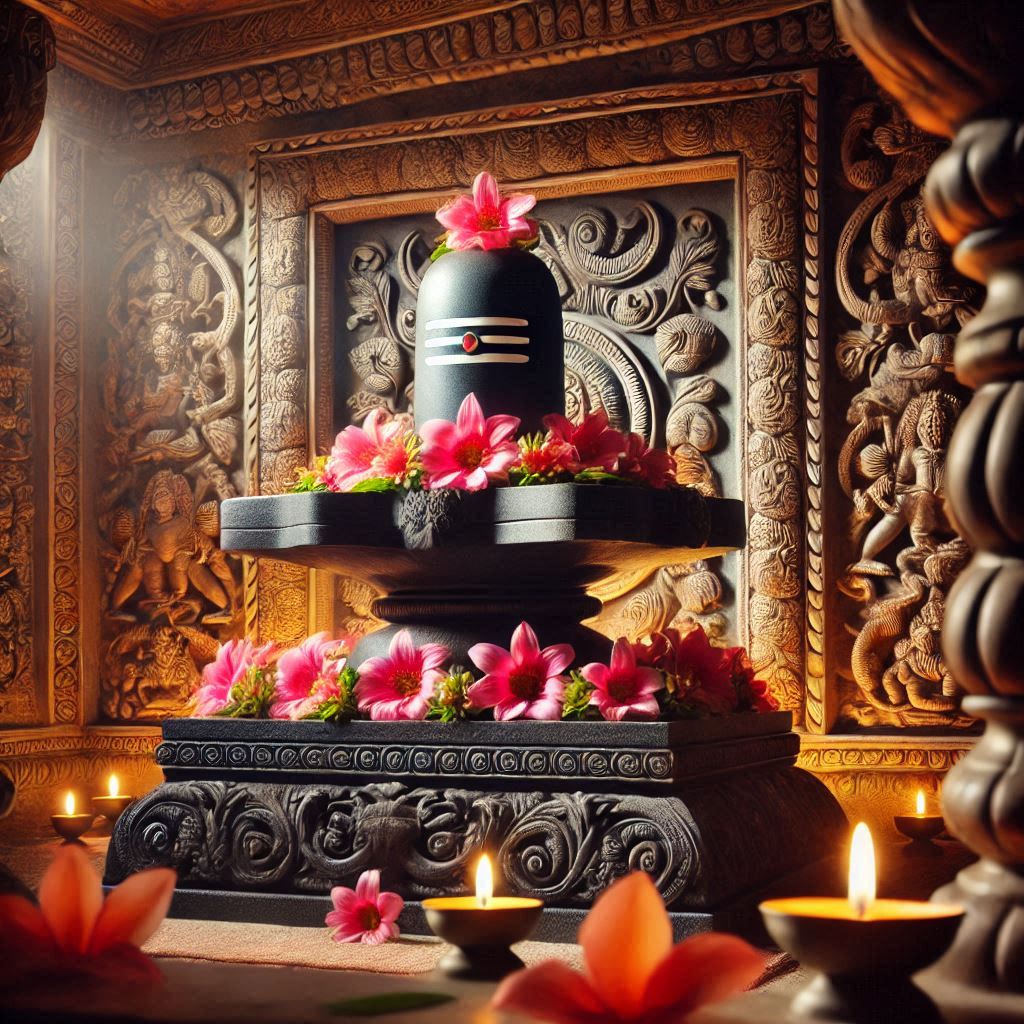Shiv Ling : The Shiva Lingam: Unveiling the Symbolic Essence
Introduction
The Shiva Lingam, a sacrosanct symbol that is highly regarded in Hinduism, possesses a profound metaphysical significance. The Shiva Lingam, which is frequently misinterpreted as a mere representation of the male and female reproductive organs, encapsulates the divine union of cosmic forces and exemplifies the essence of creation and consciousness. This article will investigate the Shiva Lingam’s spiritual implications, uncover its diverse forms, and investigate its multifaceted symbolism. As we unravel the mysteries of this ancient symbol, we invite you to join us on this enlightening voyage.
Shiva and Shakti: Beyond the Physical
Initially, the Shiva Lingam and Shakti Yoni are reduced to mere erotic symbols by certain scholars and Western interpretations. Nevertheless, this restricted viewpoint neglects to recognize the more profound implications of these sacred representations. The polarity of creative forces in life is embodied by the Shiva Lingam and Shakti Yoni, which are reflective of the dualities in nature. The interplay of ascending and descending cosmic forces is symbolized by the Shiva Lingam and Shakti Yoni, just as the sun and the moon, fire and water, and electricity and magnetism manifest opposing yet complementary energies.
Types of Shiva Lingas: Beyond the Literal
In Sanskrit, the term “linga” designates a “chief mark” or “characteristic” rather than a mere synonym for the male sexual organ. Linga is a term that signifies what is exceptional and definitive, transcending the physical domain. It is a representation of the subtle body in Yoga philosophy, which is responsible for regulating our nature beyond the physical. The Shiva Lingam, as the subtle body, represents the upper region of the chakras, which extends from the heart to the cranium.
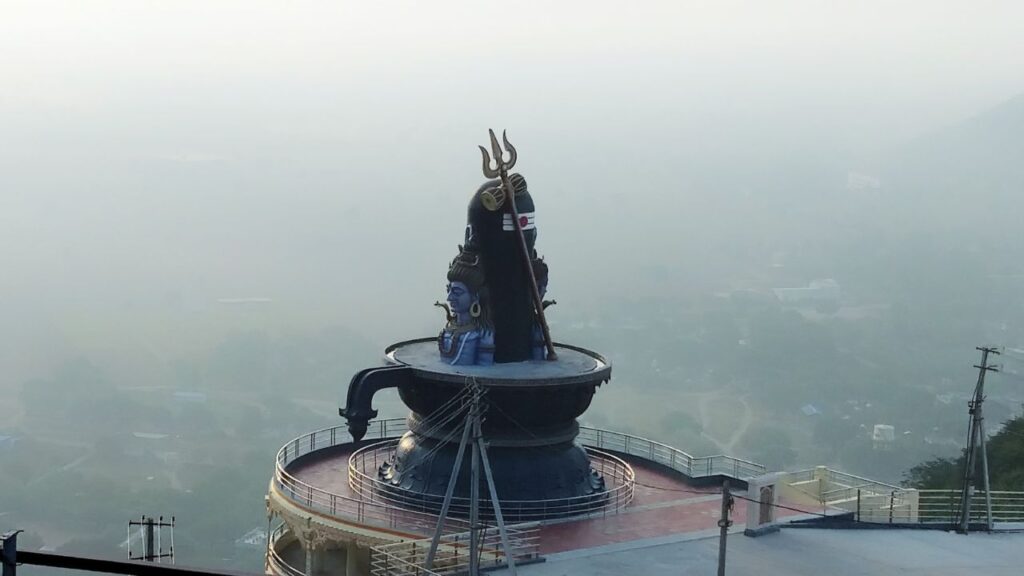
Symbolisms of the Shiva Lingam: Illuminating the Divine
The ascending energy of consciousness and existence in nature is embodied by the Shiva Lingam. The upward movement of divine energy is exemplified by its forms, which include mountains, thunder clouds, trees, and erect human beings. Many Shiva Lingas, such as the one at Kedarnath, the most venerated Shiva site in the Himalayas, are shaped like small mountains. The lingas of the sun, moon, and fire are among the numerous lingas commonly associated with illumination. The twelve Jyotirlingas, which are located in twelve sacred temples throughout India, represent distinct light manifestations of Shiva.
Lingas of the Elements: Connecting with Nature
The five elements—earth, water, fire, air, and ether—are represented by Shiva Lingas in Tamil Nadu. The determinative force of each element is represented by its own Shiva Linga. For example, the fire linga of Shiva is believed to be the renowned hill of Arunachala, where the enlightened sage Ramana Maharshi resided. Additionally, Shiva Lingas are linked to gold, silver, or crystal, which represent the light powers that are present in the mineral and metal domains.
The Shiva Lingam and the Pillar of Light
The Shiva Lingam is frequently depicted as transparent and illuminated, which is indicative of its association with the upward-pointing triangle, which is a symbol of fire. The veneration of pillars, obelisks, standing stones, and pyramids is intricately connected to its worship. Tantric linga veneration is comparable to Vedic pillar worship, which is widespread in a variety of ancient civilizations and indigenous cultures. The Shiva Lingam is frequently depicted as a pillar of light, symbolizing the universal pillar of Dharma and the inner symbol of the concentrated mind and erect spine.
Lingas Within: Unveiling the Inner Forces
Several lingas or characteristic energies are at work within our human nature. The corporeal body is sustained by the currents that emanate from the “Prana Linga,” which is the force of Prana. The “Atma Linga” is the ultimate linga or determinative force, which remains constant and elevated throughout all life experiences, the Atman, or higher Self.
Linga and Yoni: Union of Energies
The linga and yoni are in a symbiotic relationship, symbolizing the fusion of male and female energies. In addition to their sexual connotation, they represent electro-magnetic and pranic forces, which extend to the awakening of Kundalini Shakti. In the same way that a point in motion can generate a circle, the linga generates a yoni through its movement. The circular motion of celestial bodies and a variety of natural phenomena in the natural world are indicative of this cosmic dance of creation. The linga and yoni are also unified in the chakras, where each chakra is a manifestation of the union of Shiva and Shakti energies.
Meditating on the Shiva Lingam: A Gateway to Inner Consciousness
The Shiva Lingam is perceived as a pillar of light, energy, and eternity in yogic meditation. Individuals can establish a connection with their interior being, true self, and transcendent witness by focusing their awareness on the lingam, which transcends the external world’s turmoil. The Shiva Lingam emanates waves of grace, love, and wisdom, transforming into a source of profound serenity, stability, and spiritual awakening.
Conclusion: Embracing the Mysteries of the Shiva Lingam
The Shiva Lingam represents the fundamental union of cosmic forces and the essence of creation. Its diverse symbolisms and forms encourage us to consider the interconnectedness of all aspects of existence, transcending the physical. We can embark on a transformative voyage by meditating on the Shiva Lingam, which allows us to connect with our inner being and experience the transcendental unity that is at the core of all creation.
#shiv #shiva #lingam #symbol #hindu
